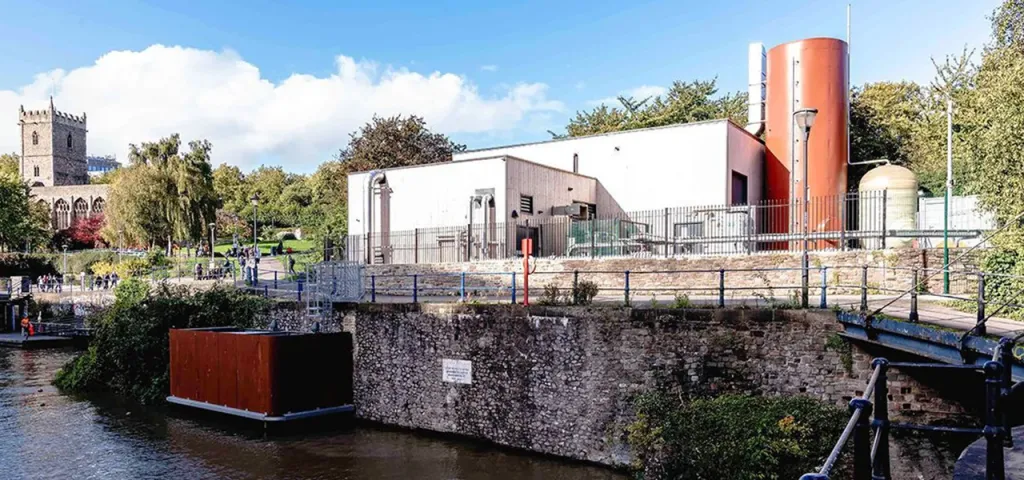Bristol heat network tariffs
Vattenfall is working with Bristol City Leap to provide a reliable, all-inclusive service for heat network customers at a fair price. Each year, we will review our heat charges and publish our tariff.
The heat tariff consists of two parts:
- Heat Charge: This is a variable charge per kilowatt hour (kWh) of heat consumed. Automated meter readings ensure accurate billing based on actual usage. The heat charge covers the cost of fuel (electricity, biomass, and gas) required to generate heat for the network.
- Service Charge: This is a fixed annual cost calculated based on the connection capacity. It covers operations, maintenance, asset replacement, staffing, regulatory compliance, and utility costs within the primary network.
For the 2025/2026 financial year, the annual tariffs for new bulk supply connections to the Bristol city centre networks are:
- Variable Heat Price: 10.1p/kWh
- Fixed Service Charge: £97.35/kW

Why is a heat network connection right for me and my building?
Buildings that currently use fossil fuels for heating, such as a gas boiler, will need to replace their systems to meet government and Bristol City Council decarbonisation targets.
Heat networks present a forward-thinking solution for urban development in cities like Bristol. Recognised for their efficiency and sustainability, heat networks offer many benefits for developers, building owners, and operators.







